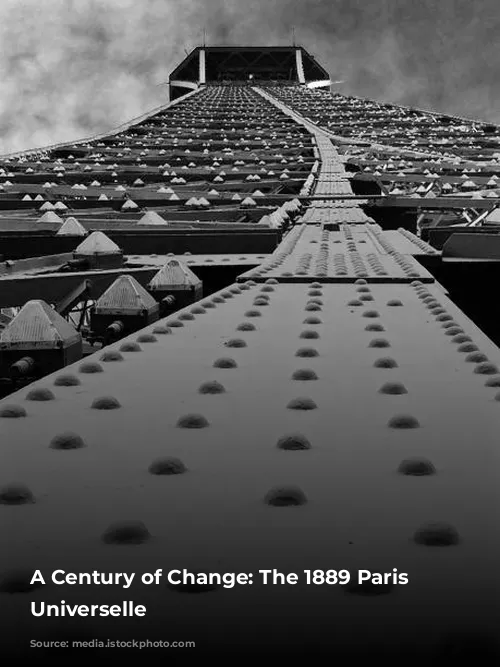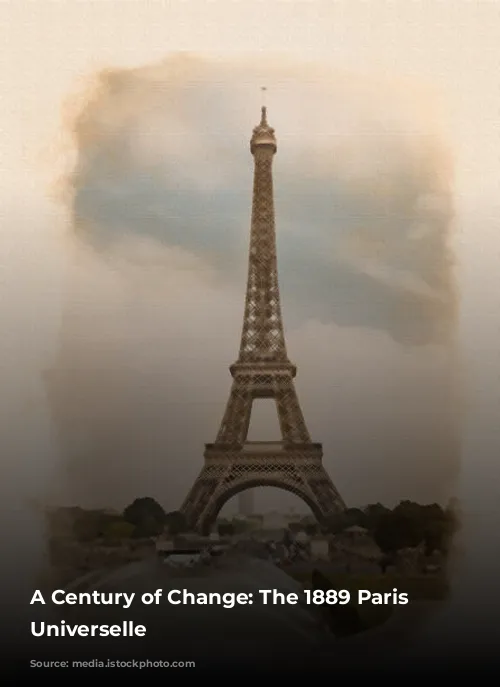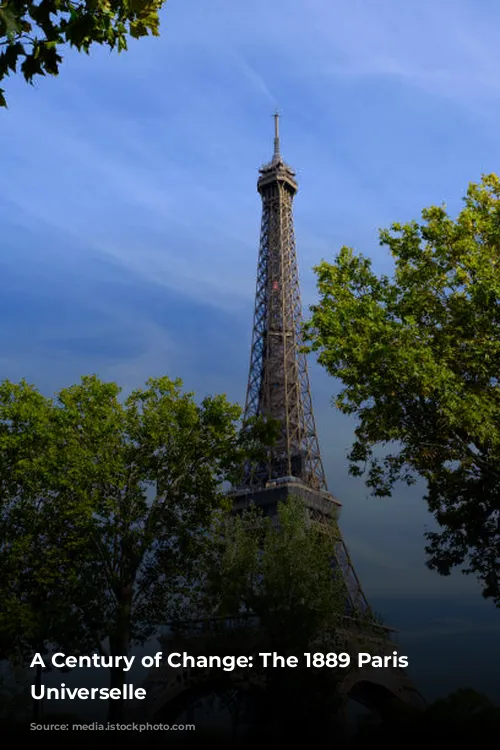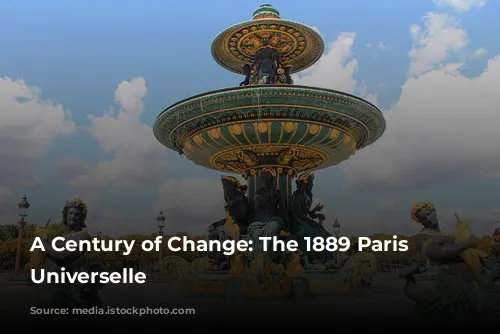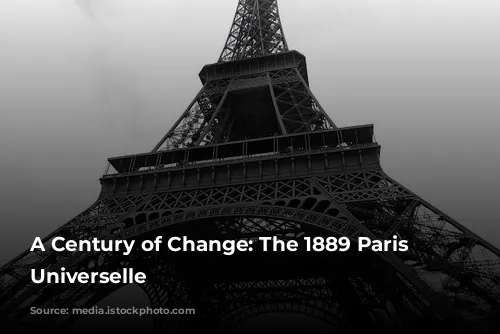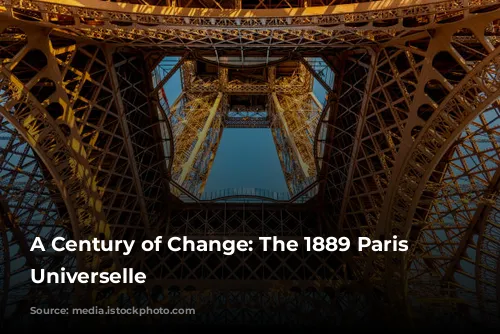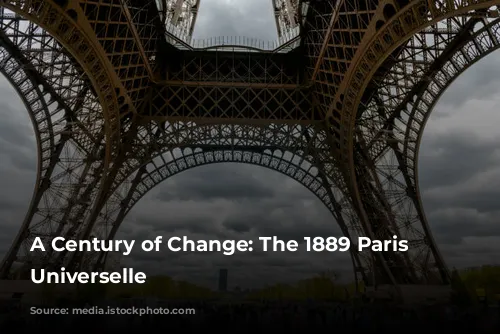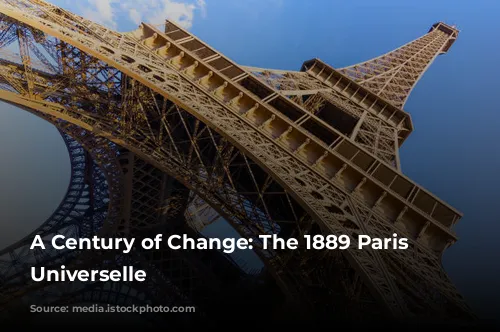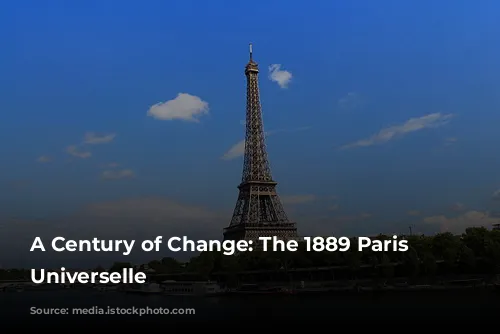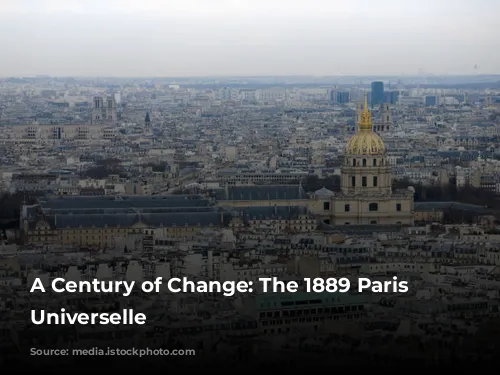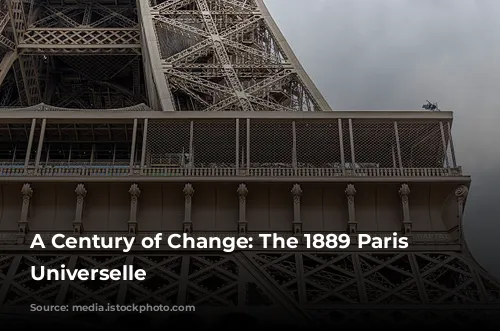The 1889 World’s Fair in Paris was more than just a celebration of the 100th anniversary of the French Revolution; it was a testament to the nation’s resilience and its bold vision for the future. Hosted in the heart of Paris, the exposition was a captivating display of technological advancements, artistic brilliance, and the expanding reach of the French Empire.
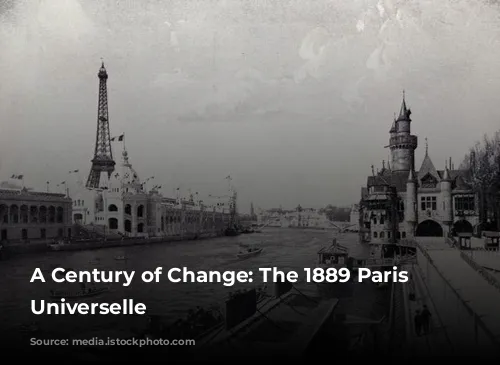
A Glimpse into the Modern World
The exposition was a grand spectacle of national pride, showcasing France’s remarkable recovery after a period of turmoil. Following the Franco-Prussian War, the turbulent Paris Commune, and a crippling economic crisis, France emerged as a formidable force in the global arena. The sprawling exhibition was a testament to this newfound power, boasting a vast colonial empire, thriving industry, and a resurgence as a leading European nation.
The event was a powerful statement of France’s global standing, attracting visitors from across the world. Yet, its audacious display of strength and progress did not sit well with the monarchies of Europe, who largely shunned the event, choosing not to erect their own pavilions. This gave the exposition a distinctive international flavor, with a focus on diverse cultures and the history of human civilization.
A dedicated pavilion for children, a groundbreaking innovation inspired by the Women’s Pavilion at the 1876 Philadelphia World’s Fair, showcased the importance of engaging young audiences. This innovative approach added a touch of whimsy to the event, highlighting the importance of nurturing the imagination and creativity of future generations.
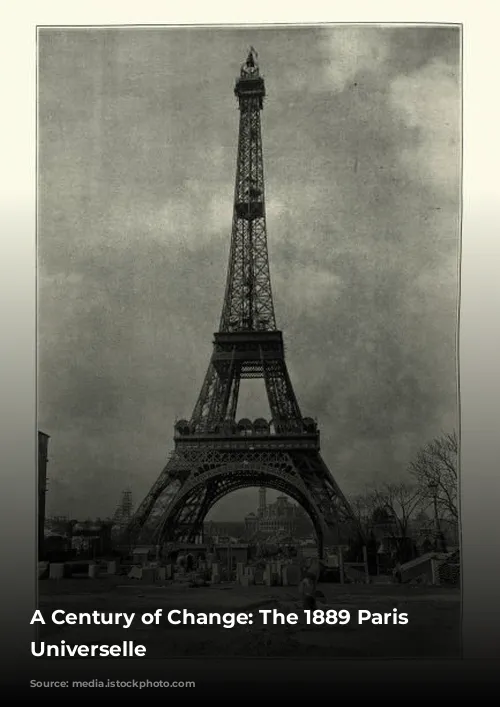
A Symphony of Steel and Glass: The Architectural Marvels of the Exposition
The 1889 World’s Fair was a testament to the power of engineering and the beauty of innovative design. The groundbreaking use of metal structures, particularly glass, allowed for the creation of expansive and awe-inspiring spaces that defied traditional architectural norms. This architectural revolution was most dramatically embodied in the Palais des Machines, an enormous structure designed by Dutert and Contamine.
This engineering marvel housed a colossal single vault spanning an incredible 77,000 square meters, a testament to the audacity and ambition of the era. The sheer scale of the Palais, its soaring arches, and its extensive glass panels inspired a sense of wonder in visitors. The structure was a symbol of the power of human ingenuity, transforming the landscape of Paris with its imposing presence.
The Eiffel Tower, a towering symbol of the exposition, captured the imagination of the world. This majestic structure, standing at a staggering 324 meters, was a technological marvel that transformed the skyline of Paris. The tower faced initial resistance from some artists and intellectuals who found its design jarring and out of place in the historical context of the city.
However, the Eiffel Tower’s unique aesthetic and the breathtaking panoramic view of Paris from its upper levels quickly won over the public. Millions flocked to the tower, making it a symbol of progress and a testament to the boundless possibilities of human ingenuity.
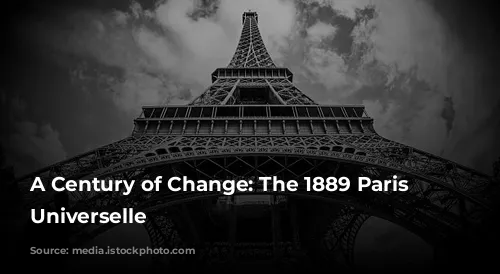
A Tapestry of Art and Industry: Showcasing Innovation and Artistic Expression
The exposition went beyond architectural marvels, showcasing the latest technological innovations and the vibrant artistic landscape of the era. Visitors had the opportunity to explore a wide range of exhibits, including Dayex’s innovative voting machines, atmospheric hammers, and cigarette making machines. The Tissot clock making workshop, phonographs, and telephones provided a glimpse into the future of communication and technology.
The Decorative Arts pavilion was a showcase of exquisite craftsmanship and the evolving trends in design. National Manufactures, ceramics, furniture, goldsmithery, and jewelry were presented in separate pavilions, each reflecting the highest standards of artistry and craftsmanship.
The exhibition also played a crucial role in promoting the emergence of Art Nouveau, a new artistic style that challenged traditional aesthetics. The School of Nancy, a leading force in the Art Nouveau movement, saw many of its members celebrated at the exposition, including Emile Gallé, Emile Friant, and Victor Prouvé. Their innovative designs showcased a new era of artistry, blending organic forms with intricate craftsmanship.
The 1889 World’s Fair in Paris was not just an exhibition; it was a cultural event that captured the spirit of an era. It celebrated the triumphs of the French nation and the advancements of science and technology. This grand spectacle, a celebration of human ingenuity and artistic expression, left an enduring mark on the world, forever changing the landscape of design and architecture.
